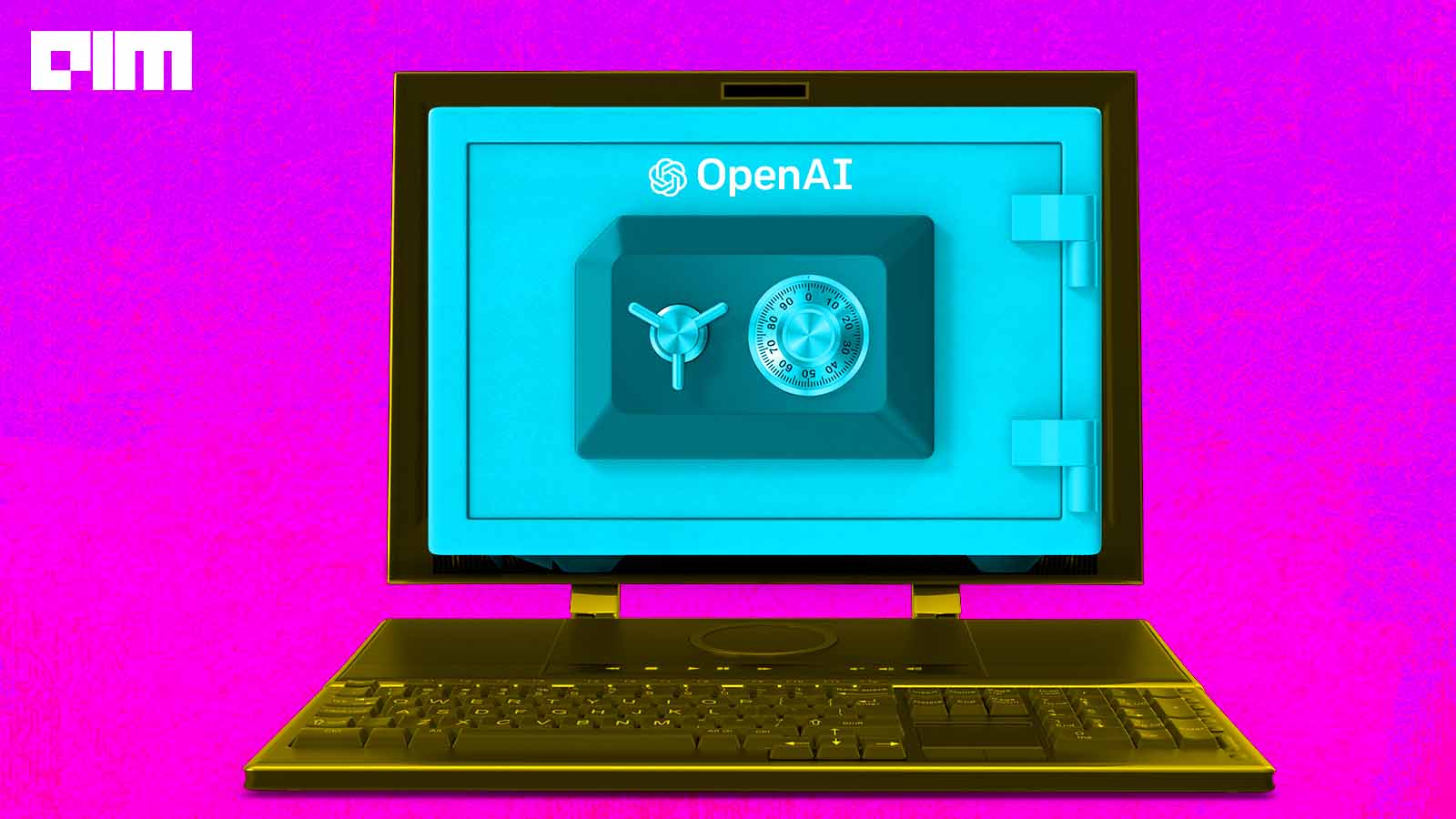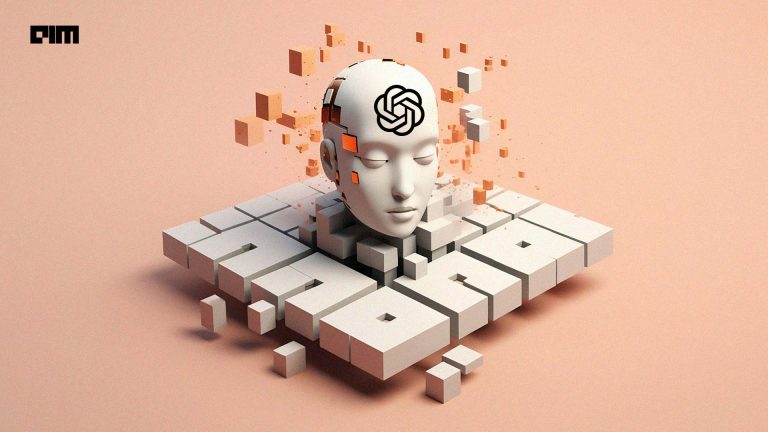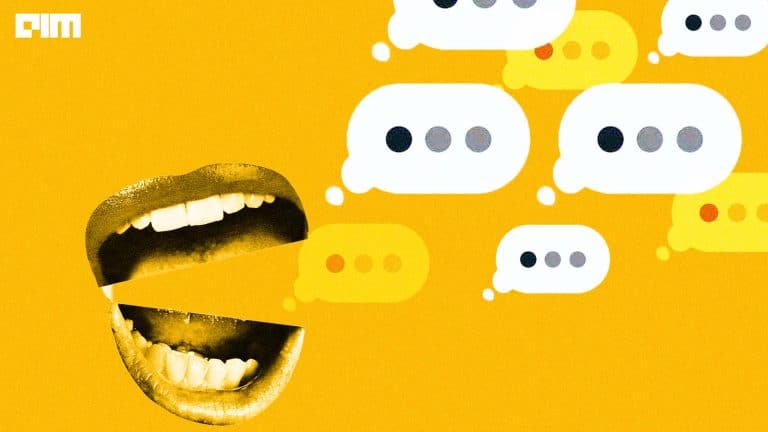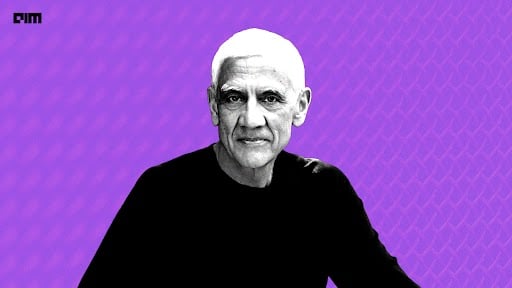|
Listen to this story
|
OpenAI added yet another feather to its hat by introducing an image-from-text generating tool–DALL.E 2, recently. A follow up on the first version (DALL.E) that was introduced in 2021, DALL.E 2 can create realistic, original images from just a text description. It can combine different concepts, attributes, and styles. DALL.E 2 can also make realistic edits to images, taking cues from a natural language caption, like adding or removing elements while considering shadows, reflections, and other important textures.
All these features and more have elicited a strong interest among researchers, industry persons, and other novices alike. That said, currently, OpenAI has allowed access to this tool to just a handful of users. This has attracted criticism from a section of the AI community. Interestingly, this seems to be some recurring trend – think Microsoft obtaining an exclusive license to GPT-3.
DALL.E 2 and open sourcing
Currently, OpenAI has listed DALL.E 2 as a research project which is not available in their API. A blog by OpenAI notes, “As part of our effort to develop and deploy AI responsibly, we are studying DALL·E’s limitations and capabilities with a select group of users.”
OpenAI has maintained strict access limitations on DALL.E 2. Up to 400 ‘trusted users’ – which includes 200 OpenAI employees, a few researchers, ten creatives, and 165 ‘company friends’ (that includes OpenAI board members, a few Microsoft employees, and a limited number of friends and family of OpenAI employees). OpenAI claims that the participant list has been limited to 400 because it keeps the throughput low enough to allow human review of generated art and study potential misuse.
“These access limitations are in line with the paradigm of structured capability access that informed the deployment of GPT-3 (Shevlane et al., 2022), and what we have recently outlined as a part of our deployment strategy, including both pre-deployment risk analysis and starting with a small group of users with the intention of continuous iteration,” the blog outlines.
Interestingly, in the same blog, OpenAI talks about having strict access limitations. For example, restricting the access to DALL.E 2 means that the preview is not granted in an inclusive way which otherwise may preferentially benefit certain groups. With restrictions in place, OpenAI also has the power to control the use of the particular generated image. Despite such challenges and more, OpenAI notes that granting limited access, at least at the starting point, is ‘overall right’. They believe that with this current phase of deployment, they would be able to gather as much signal as possible on the exact vectors of risk from the platform. Further, OpenAI would be supporting long-term research on the models through their Researcher Access Program to grant access to the underlying model.
OpenAI and open source
Stepping away from its offering as a non-profit AI research platform, OpenAI announced in 2019 that it would be restructuring itself as a capped profit company that cuts returns from investments past a certain point. At that point, many from the AI community expressed fear that OpenAI would turn into a cookie-cutter AI startup, shaking its position as a pathbreaking innovation centre and, more importantly, an independent research organisation.
In the same year, Microsoft and OpenAI announced that the former had invested $1 billion in the latter to build artificial general intelligence (AGI) with ‘widely distributed economic benefits’. In a blog, Microsoft said that the two organisations would be partnering to develop a hardware and software platform with Microsoft Azure that would scale to AGI and further extend Azure’s capabilities in large scale AI systems.
These decisions were brutally criticised. “The messy, secretive reality behind OpenAI’s bid to save the world”, “Why the world’s leading AI charity decided to take billions from investors”, “The AI Nonprofit Elon Musk Founded and Quit Is Now For-Profit”, “How OpenAI Sold its Soul for $1 Billion” – this is how many news portals and blogs tried to capture the mood of the community on this development.
The fears and criticism were not really baseless. Soon after the announcement, Microsoft was handed over the exclusive license to the then-largest language model GPT-3. It was not till November 2021 that GPT-3 had a public release. In fact, DALL.E 2’s predecessor DALL.E is yet to be publicly released.



















































































